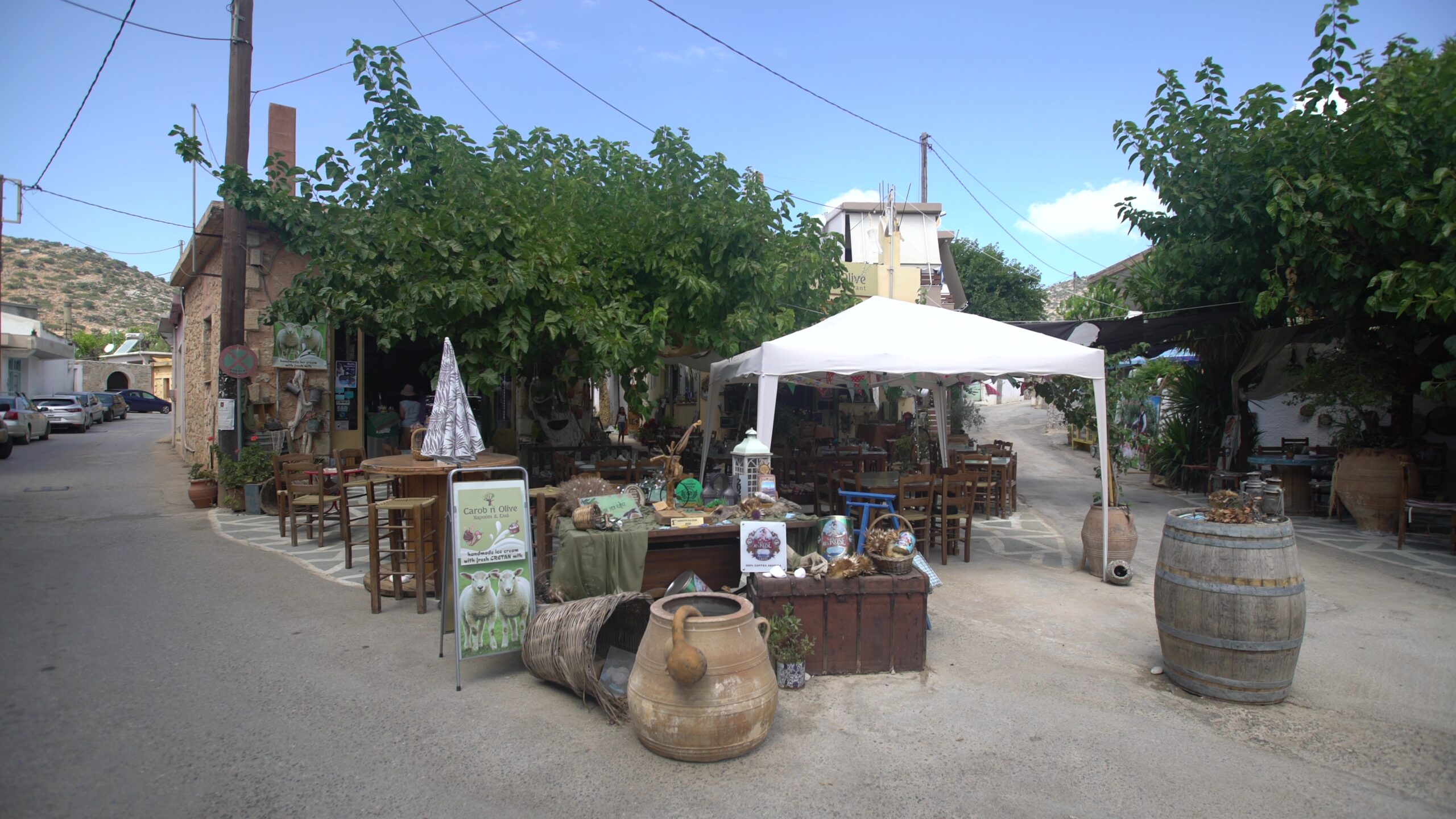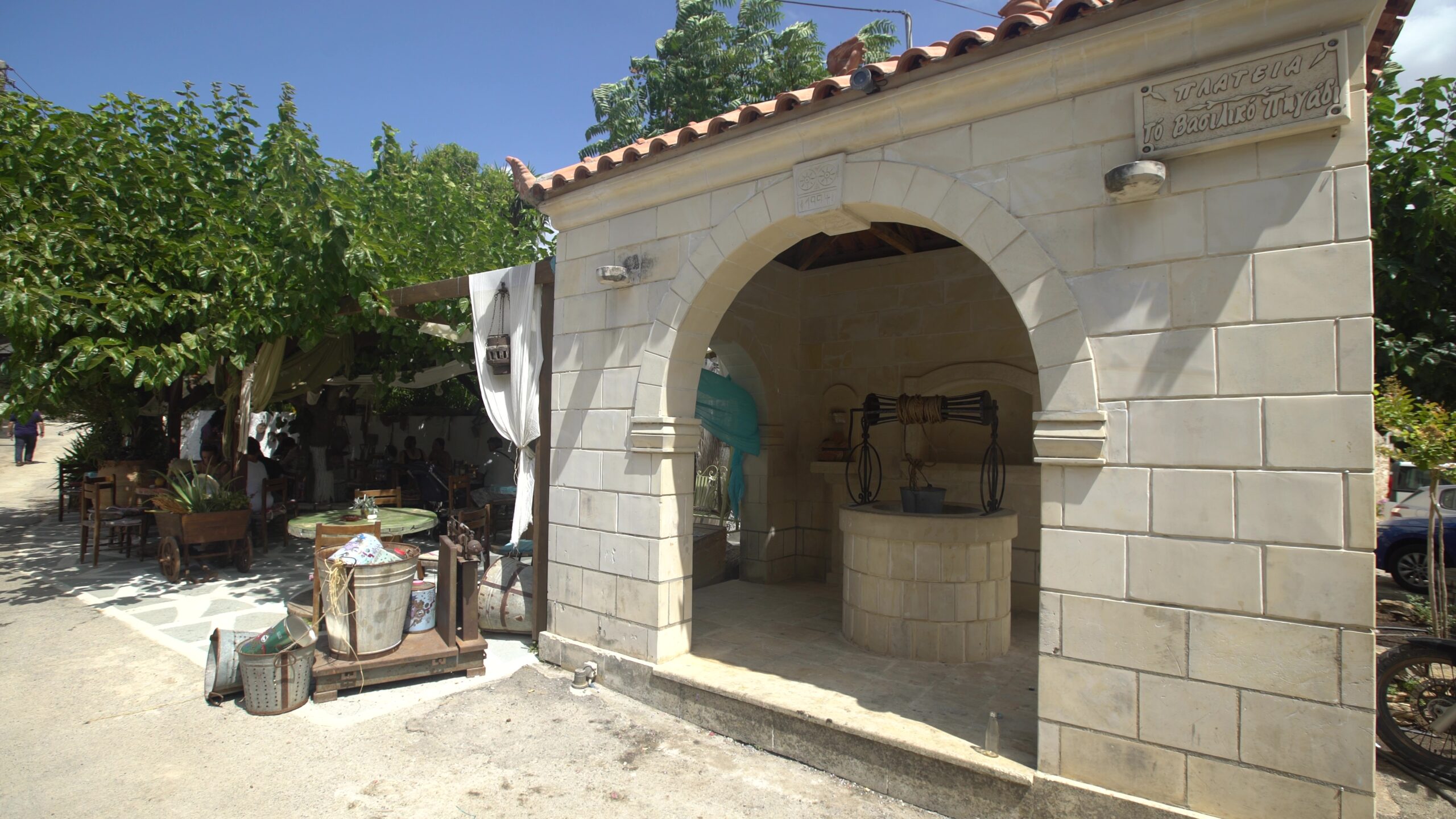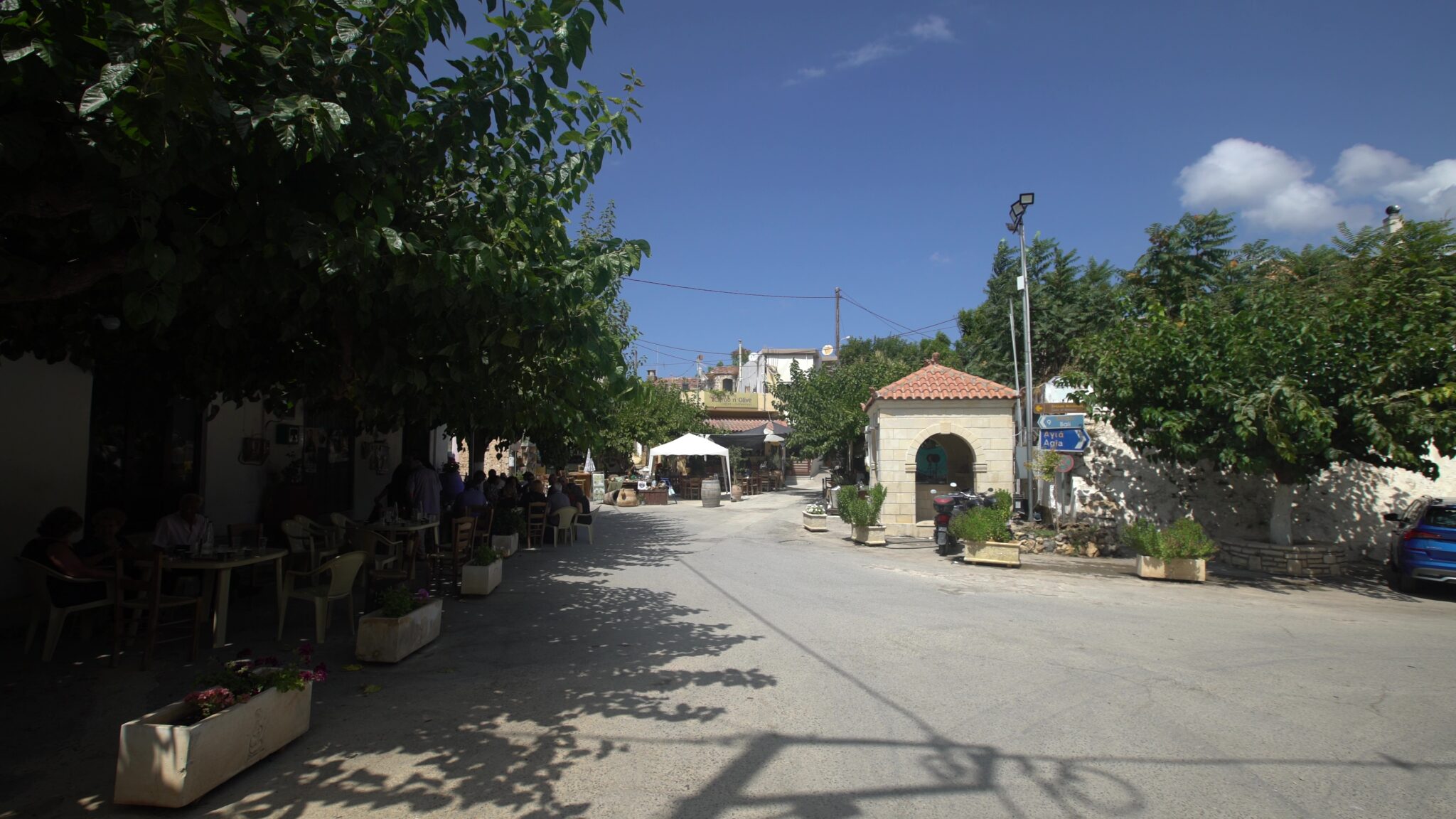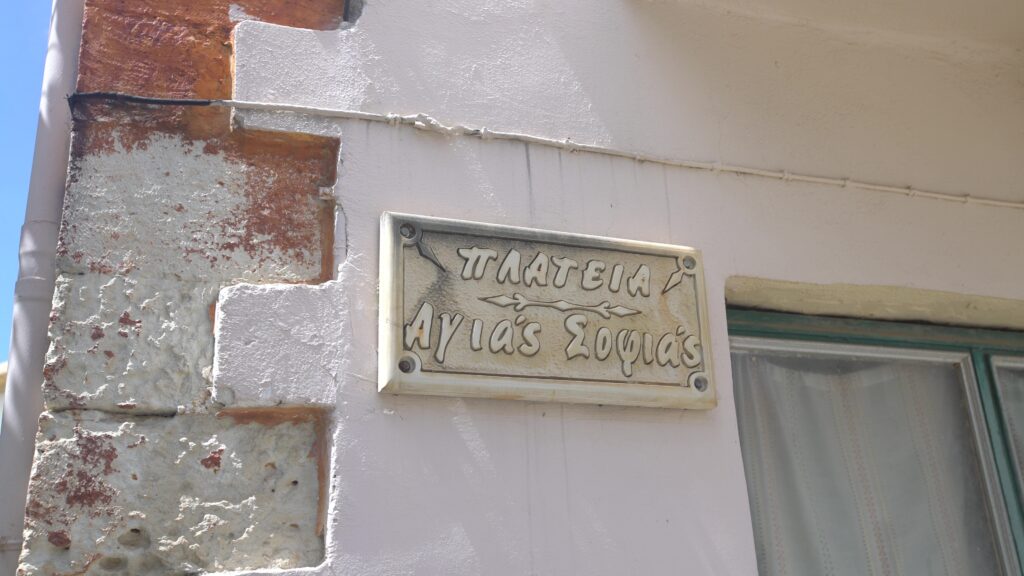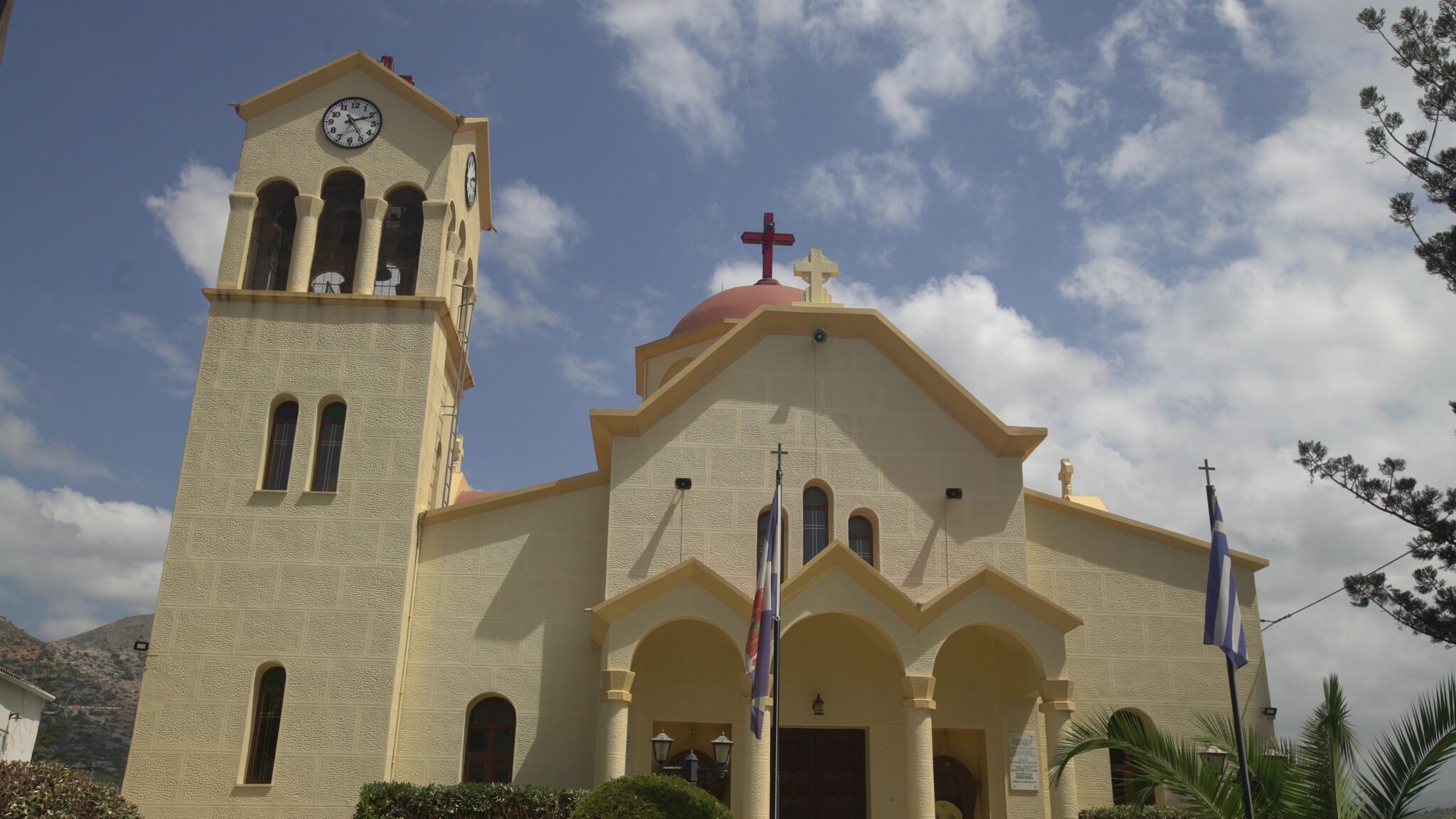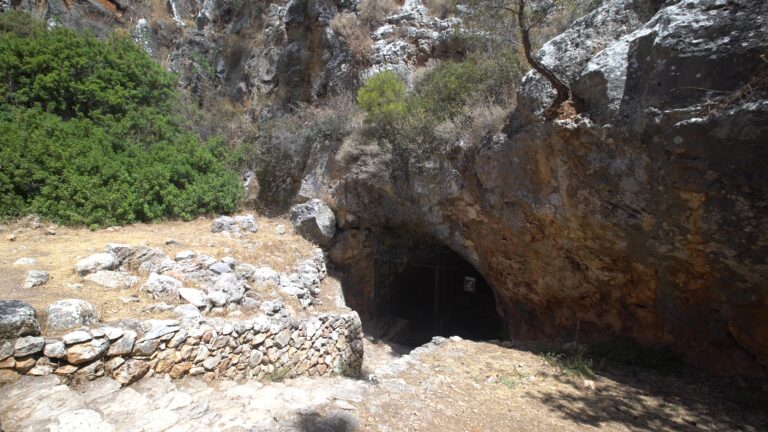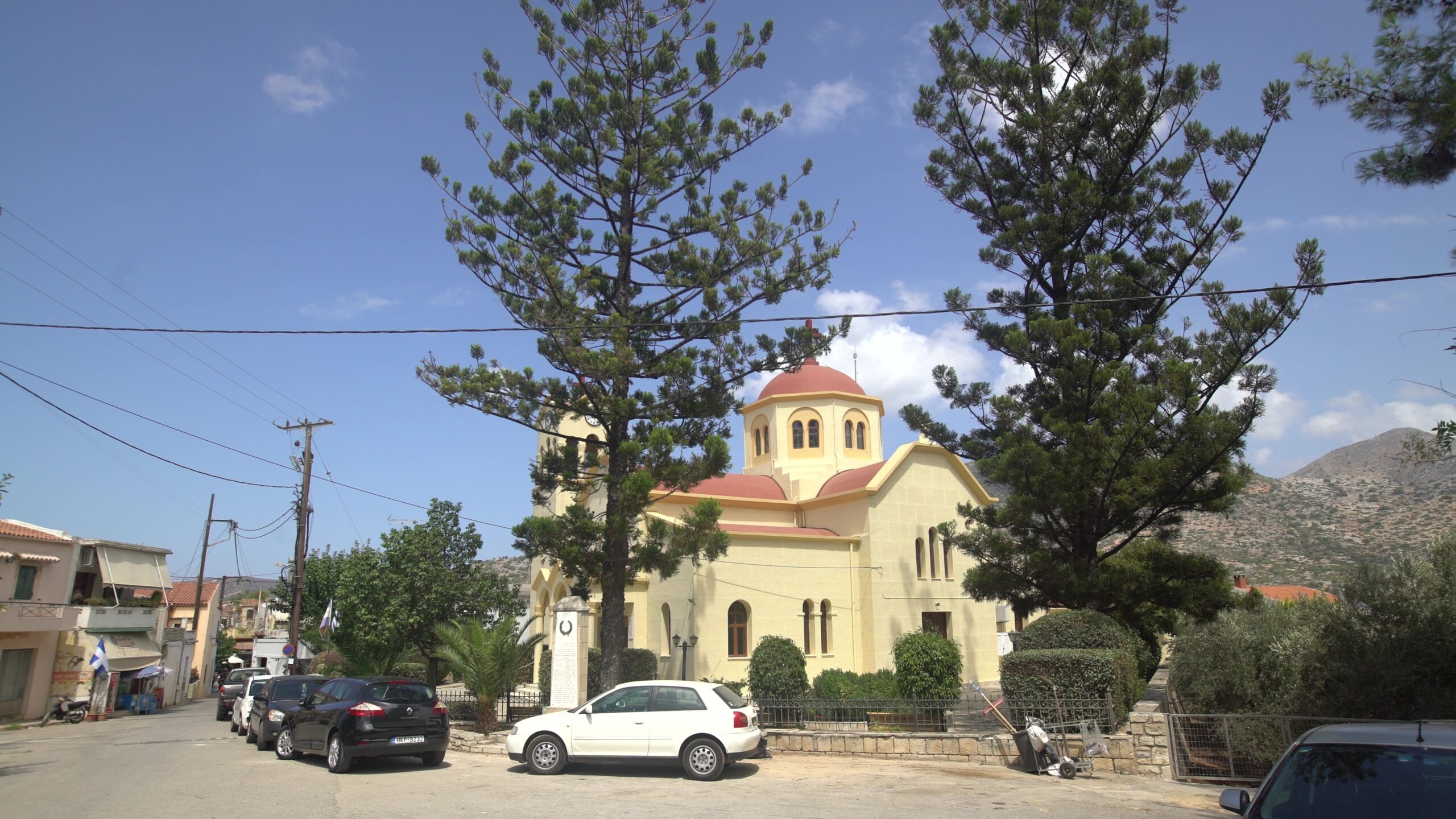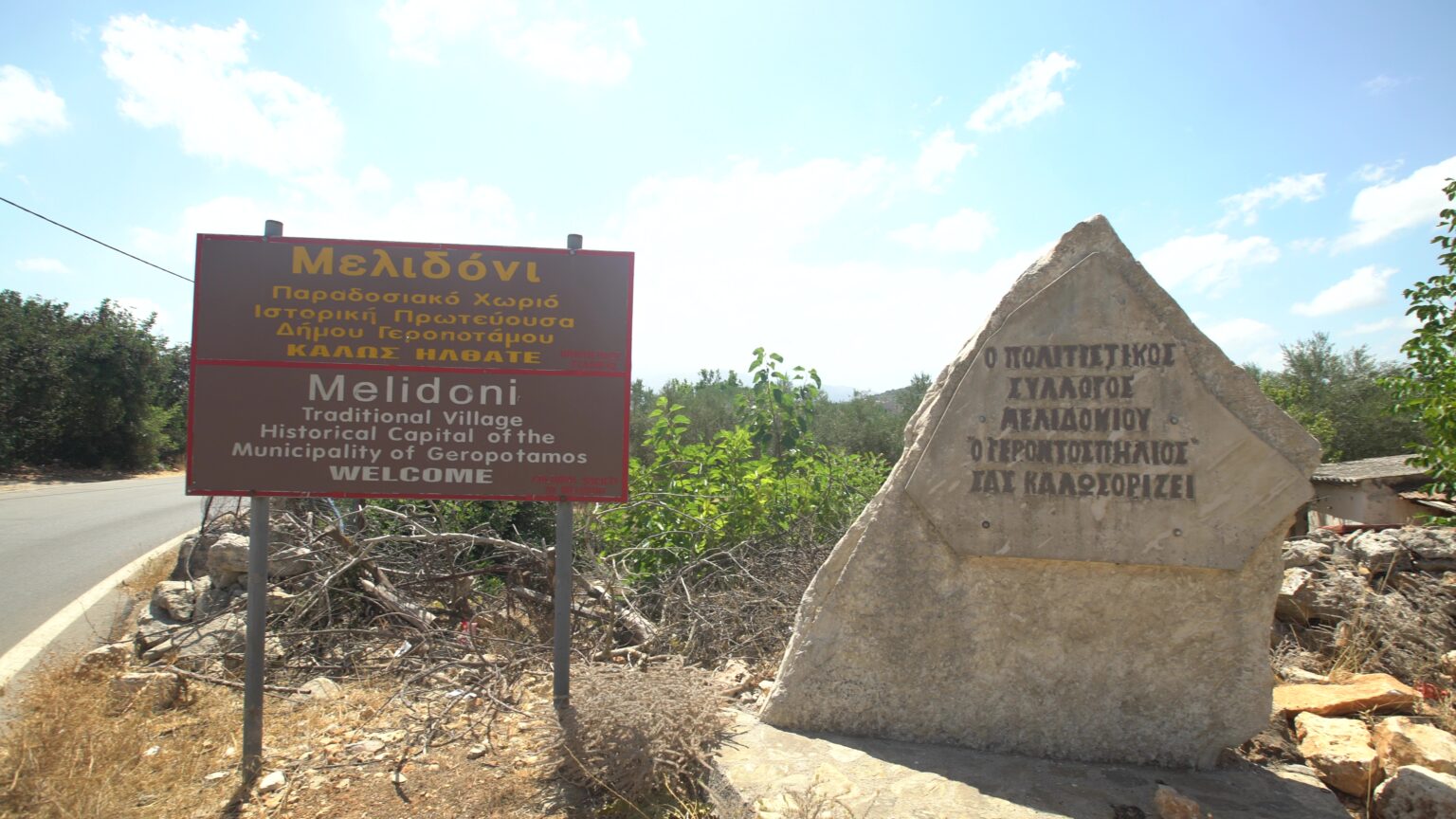The Melidoni settlement is located at the foot of Kouloukona at an altitude of 100m. It is 28 km from Rethymnon.
The name Melidoni probably comes from the Byzantine surname Melidonis, which still exists today in the village and in other parts of Crete. According to notarial documents and property records, 195 families lived in Melidoni in the middle of the 16th century. The living conditions were difficult, since the houses of the settlement had few rooms and, in addition to living spaces, they were also used as places to store agricultural products and house domestic animals and birds. In the same sources it is stated that the region produced oil, wine, carobs and cereals and the main income came from the production of wheat.
In 1583, in the systematic census of the population of Crete by Petros Kastrophylakas, 645 inhabitants were recorded in Melidoni. In the Ottoman census of 1671 it is noted that 106 haratsias (head tax) corresponded to Melidoni. In the 1881 census, Melidoni is mentioned as the seat of the municipality of the same name, which had 464 Christians and one Muslim resident. In the Cretan Topography of 1903 it is mentioned that the population of Melidonio was 607 inhabitants. In the same source, data are also given on the crops that are still cereals, olives, vines and locust beans.
Melidoni was one of the largest villages of Mylopotamos. The bishop of Avlopotamos Parthenios (1777-1820), a connoisseur of astronomy and a great painter, had his seat there.
In Melidoni is also one of the most important monuments to visit in Mylopotamos, the Gerontospelios or Cave of Melidoni.
